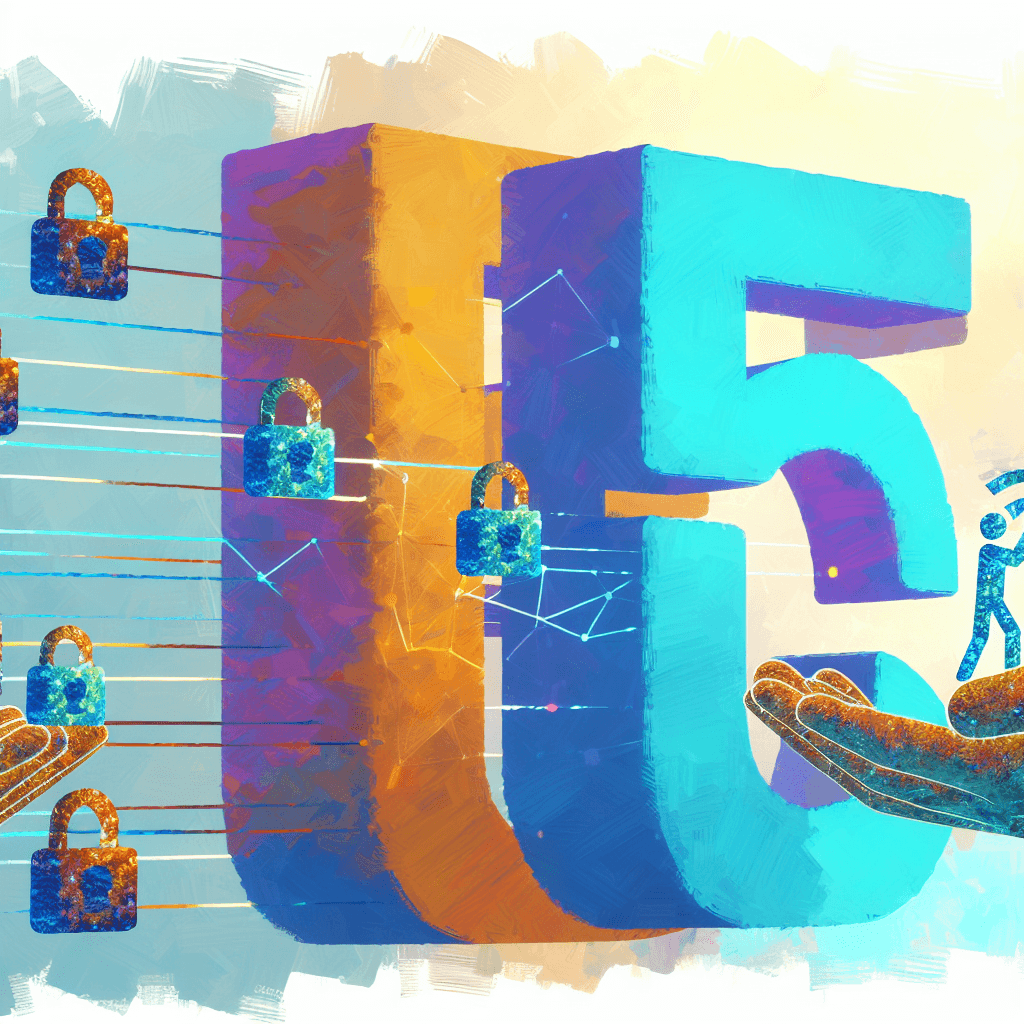At first glance, the salesloft breach looks like just another data mishap. But scratch the surface, and you see something different. It’s not just about stolen credentials. It’s about a new era where cyber threats crawl deeper into the fabric of everyday business. This incident shows what cybersecurity leadership faces today, especially the challenge for CISOs. Their role isn’t just to defend anymore. It’s to understand the web of vulnerabilities woven into AI tools, third-party applications, and cloud services. When hackers stole authentication tokens from Salesloft, they didn’t just walk away with basic data. They gained access to a treasure chest of trusted integrations—Slack, Google Workspace, Amazon S3, and more. The fallout underscores how information security in the age of AI isn’t just about keeping hackers out. It’s about controlling the pathways they can exploit.
The CISO’s thought leadership becomes crucial here. This is not about reacting when breaches happen. It’s about foreseeing where the weak points lie and addressing them before they are exploited. As the breach reveals, many companies rely heavily on third-party apps and integrated services without understanding just how interconnected their defenses are. The salesloft breach highlights the importance of continuous monitoring, rigorous authentication protocols, and clear incident response plans. These are not optional extras now. They are essentials. Cybersecurity leadership must evolve, pushing for resilient architectures and a deep, strategic understanding of emerging threats. If CISOs want to steer their organizations safely through the storm, they need to lead with expertise and clarity.
Lessons from the Fallout: A Wake-Up Call for All Businesses
The fallout from Salesloft’s breach is a stark reminder of how vulnerable the digital perimeter has become. It’s also an invitation for serious reflection. Many companies saw their customer data, vendor credentials, and even intellectual property exposed in a single act. It’s clear that relying solely on traditional security measures no longer cuts it. Hackers have become smarter, more patient, and more relentless. They are keen to exploit every weak link in the chain.
For those of us who have been in this field for years, this incident is a stark lesson. It is about the danger of complacency and the importance of constant vigilance. CISO expertise must now extend beyond technical know-how. It requires leadership that can translate complex security issues into understandable, actionable strategies. It means pushing for better encryption, multi-factor authentication, and rigorous access controls. These, coupled with strong vendor management and risk assessment, form the backbone of defenses in these uncertain times.
In the end, this breach is a turning point. It shows the need for security policies that adapt as swiftly as the threats evolve. Cybersecurity leadership must no longer be seen as a back-office function. It is a central part of business success. As companies scramble to patch gaps and reset compromised tokens, they should also ask themselves: are we doing enough? Are we leading with CISO expertise that can navigate this complex landscape? The answer isn’t always comforting. But it’s necessary if they want to survive and thrive in this new digital age.
Strengthening Digital Defenses for Competitive Advantage
Cybersecurity is not just a technical challenge; it’s a business imperative. Navigating through the complex world of digital threats requires a balance between adopting best practices and innovating new defenses, mindful of the regulatory landscape and the ever-changing nature of cyber threats.
Consider these important lessons:
- Implement Multi-Factor Authentication (MFA): Ensure that stolen tokens alone can’t grant access. MFA adds an extra layer, making breaches harder.
- Regular Token Rotation and Revocation: Frequently refresh tokens and revoke compromised ones immediately. This prevents hackers from exploiting old credentials.
- Continuous Monitoring and Alerts: Use advanced monitoring tools. Detect unusual activity swiftly. Act before damage spreads.
- Secure API Integrations: Enforce strict access controls and encryption. Limit exposure of authentication tokens across services.
Each step emphasizes proactive defense and rapid response. From “Securing Success in a Digitally Driven World,” we learn resilience through layered security. “Navigating Cyber Threats for Sustainable Growth” stresses the need for vigilance and adaptability. Meanwhile, “Building Resilience in the Age of Digital Transformation” highlights continuous monitoring and quick recovery as vital. Together, they cultivate a robust, adaptive security posture.
From the Author
In the face of growing cybersecurity threats, the importance of collaboration cannot be overstated. By pooling resources and expertise, professionals and organizations can develop more comprehensive and effective defense mechanisms against this escalating problem.
I strive to share stories like this one to inspire and inform my readers. If you enjoyed this piece, I encourage you to explore more in the Management section or Small Business section.
Looking for additional insights? Don’t miss the Cybersecurity section for more expert thoughts.
To check the original story Click here
Learn Something New
Here are some free Information Security Tools TrendMicro Tools.
AI-Cyber-V2







